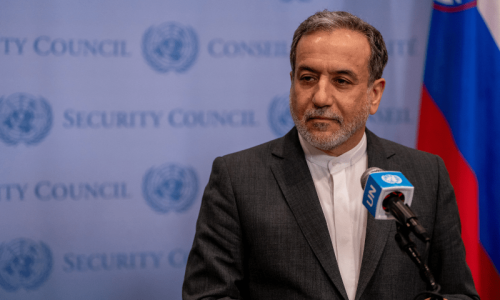Fry had chiefly in mind such late 19th Century painters as Paul Cezanne, George Seuret, Paul Gaughin, Vincent van Gogh and Henri de Toulouse-Lautrec. Except for the Dutchman Van Gogh the rest were French. Interestingly enough, all five masters started out as Impressionists, but with the passage of time they abandoned the old approach and formed their own special highly personal style.
Curiously enough, the description was somewhat inadequate, for unlike Impressionism, it did not officially enter the language until about 25 years after the first appearance of the phenomenon it was supposed to describe. It was also inadequate because it implied that Impressionism was a homogenous style, when in actual fact, it collected a highly diverse range of sensibilities under a single umbrella. The Post-Impressionists were schooled in Impressionism and many of them continued to share much of their outlook
For example, while Cezanne always admired the paintings of Claude Monet he didn't really care for the works of Gaughin. On the other hand, Gaughin, while he was greatly influenced by the Impressionist Pisarro—and renounced what he referred to as 'the abominable error of naturalism'—after exhibiting with the Impressionists in 1886, came to regard Cezanne as an almost legendary figure and was eager to collect his paintings.
Though it is not a very comprehensive description, the Impressionists were supposed to record nature through the effects of light and colour. The Post-Impressionists, on the other hand, felt the style of their predecessors was somewhat limited and sought a more ambitious expression. Despite its shortcomings as a term, Post-Impressionism has become a common and convenient label for an innovative group of French artists working in late nineteenth century and early twentieth century France.
The defining factor which the five artists had in common was a determination to move beyond what they regarded as the relatively passive registration of perceptual experience practised by the Impressionists.
They did, however, acknowledge their debt to the pure brilliant colours of Impressionism, the freedom from conservative subject matter and the technique of defining form with short brush strokes of broken colour.
The Post-Impressionists often exhibited together, but, unlike the Impressionists, who began as a close-knit group, they painted mainly alone Cezanne in southern France, Paul Gauguin in Tahiti, and van Gogh at Arles. The last two named rejected what they believed was the indifferent objectivity of Impressionism in favour of 'a more personal, spiritual expression'.
In general, Post-Impressionism led away from a naturalistic approach and towards the two major movements of early 20th-century art that superseded it, Cubism and Fauvism, which sought to evoke emotion through colour and line.
Fry had something very interesting to say in his collection of essays, Vision and Design, when he narrated the initial reaction of the English public to the movement that implied a reconsideration of the very purpose and aim, as well as, the methods of pictorial and plastic art.
'It was not surprising that a public that had come to admire, above everything in a picture, the skill with which the artist produced illusion should have resented an art in which such skill was completely subordinated to the direct expression of feeling. Accusations of clumsiness and incapacity were freely made, even against so singularly accomplished an artist as Cezanne.
Such darts, however, fall wide of the mark, since it is not the object of these artists to exhibit their skill or proclaim their knowledge, but only to attempt to express by pictorial and plastic form certain spiritual experiences.'
As the saying goes, today's heresy is tomorrow's orthodoxy.












































Dear visitor, the comments section is undergoing an overhaul and will return soon.